Portrait of James Stuart, Duke of Lennox and Richmond 1635
Van Dyck depicts the Duke of Richmond and Lennox—an intimate friend of King Charles I—as a paragon of aristocratic self-possession and nonchalance. With a blonde lovelock spilling over his lace collar, the duke wears the insignia of the Order of the Garter, England’s highest order of chivalry; the portrait may commemorate his investiture in November 1633. The greyhound res...
- Credit:
- Courtesy of the Metropolitan Museum of Art
More from this artist...
Loading...


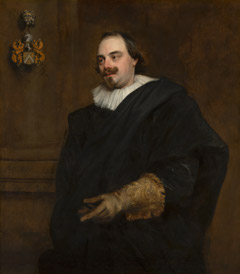

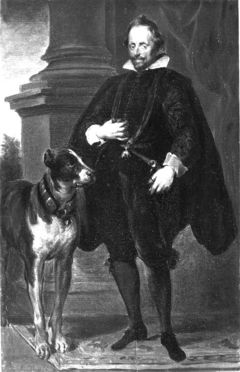
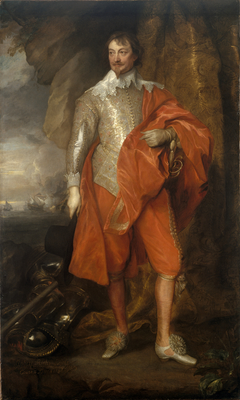
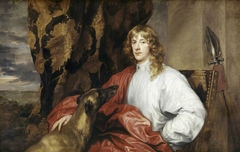
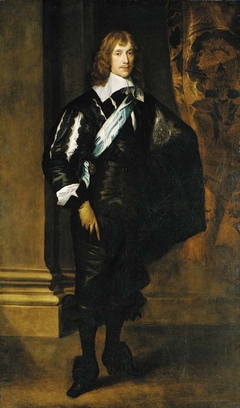
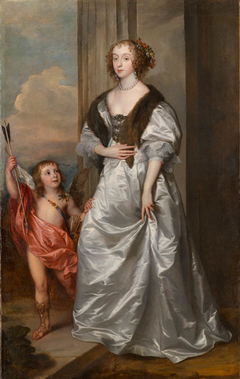
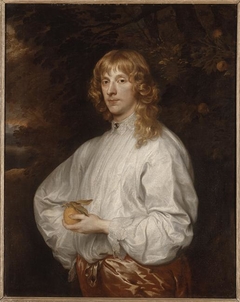
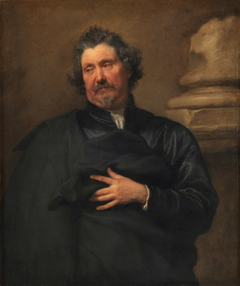


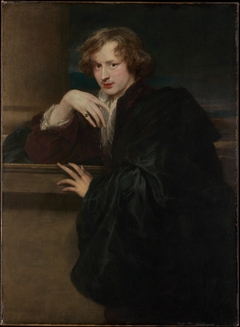
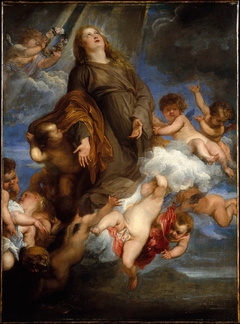
Discussion